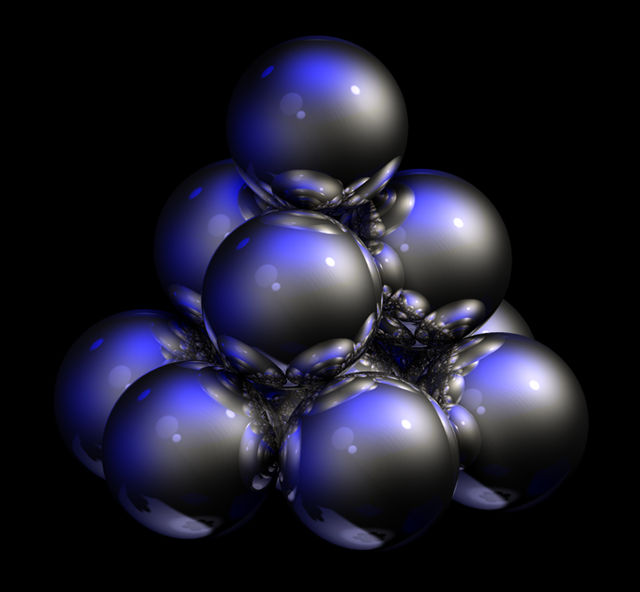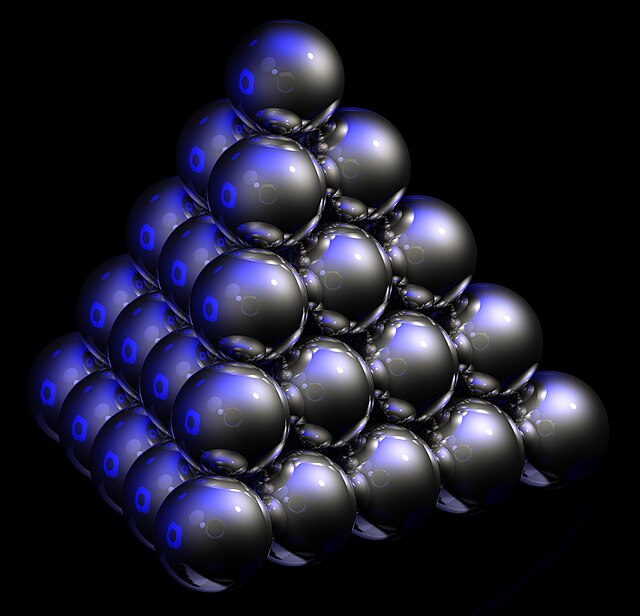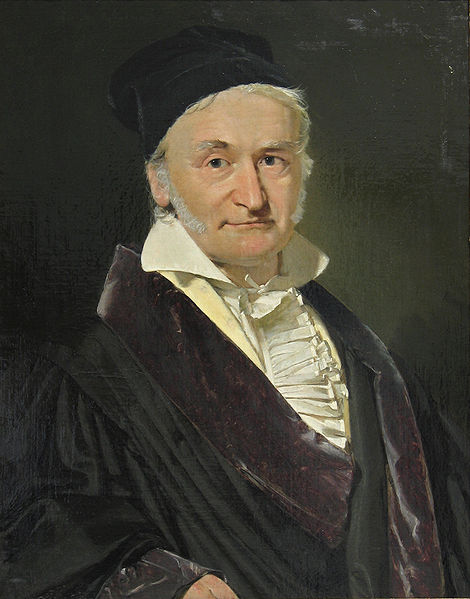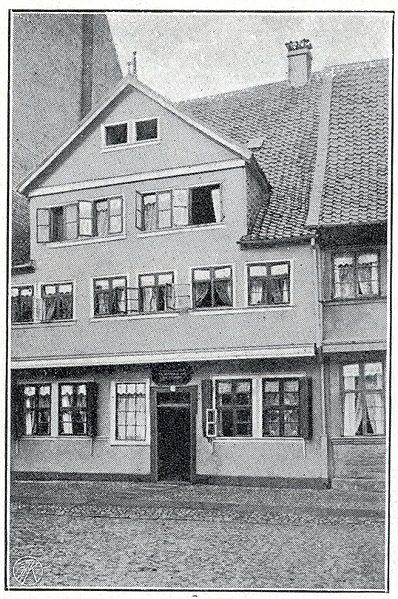Close-packing of equal spheres
In geometry, close-packing of equal spheres is a dense arrangement of congruent spheres in an infinite, regular arrangement. Carl Friedrich Gauss proved that the highest average density – that is, the greatest fraction of space occupied by spheres – that can be achieved by a lattice packing is.
Cannonballs piled on a triangular (front) and rectangular (back) base, both FCC lattices.
Collections of Snowballs arranged in pyramid shape. The front pyramid is hexagonal close-packed and rear is face-centered cubic.
Image: Hexagonal close packed unit cell
Image: Close packed spheres, with umbrella light & camerea
Johann Carl Friedrich Gauss was a German mathematician, astronomer, geodesist, and physicist who contributed to many fields in mathematics and science. He ranks among history's most influential mathematicians and has been referred to as the "Prince of Mathematicians". He was director of the Göttingen Observatory and professor for astronomy for nearly half a century, from 1807 until his death in 1855.
Portrait by Christian Albrecht Jensen, 1840 (copy from Gottlieb Biermann, 1887)
House of birth in Brunswick (destroyed in World War II)
Caricature of Abraham Gotthelf Kästner by Gauss (1795)
Old Göttingen observatory, c. 1800








